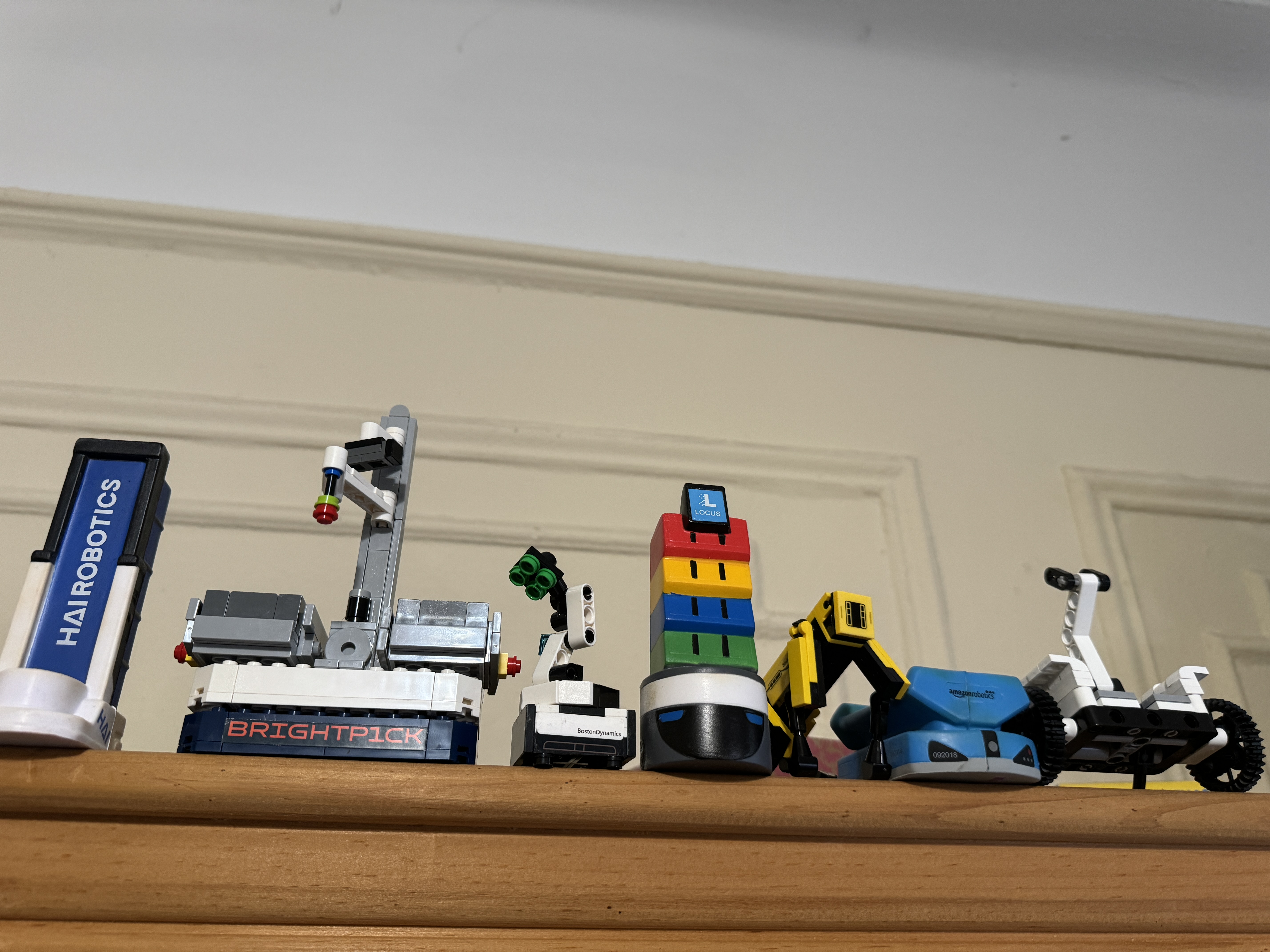Humanoids were a huge story last year for many reasons. The first — and most obvious — is that switch they flip in our collective lizard brains. It’s somewhere in the realm of the uncanny valley, fueled by decades of science fiction. As a species, we’ve experienced generations of job evolution, displacement and replacement at the hands of technology, but seldom — if ever — have those hands so intentionally resembled ours.
However you feel about how this whole thing will play out, you have to be hard-hearted to not empathize with worker concern that technologists are building their literal replacements. There’s very little of the abstraction we’ve grown accustomed to. Imagine for a moment that the Model T was a big, metal horse on wheels and maybe you can get a bit closer.
The second big reason is the sheer number of companies that debuted their humanoid systems this year: Figure, Apptronik, 1X and Tesla, to start. Once again, try to put yourself in the place of someone who doesn’t follow this stuff day to day, and you can begin to appreciate some of the feelings that bubble up when your news feed is suddenly flooded with these stories.
Much like the rise of generative AI, if you weren’t following the industry’s progress, it was probably a massive shock to the system to suddenly have the ability to generate an image, story or song with a short prompt in a text field.
We will, of course, be debating the efficacy of the human form factor for years to come, but we’re at least reaching the beginnings of real-world trials. Whether they succeed or fail, Amazon’s Digit pilots are bound to have a profound impact on how we look at the category going forward.
Sick of hearing about generative AI and LLMs? I’ve got some really bad news for you, folks. The hype around the technology’s role in robotics is only growing. Top research institutes are pursuing the link between GenAI and robotics, and plenty of companies are beginning to put these concepts into practice.
Generative AI will revolutionize the way robots think, learn and listen. And as CSAIL’s Daniela Rus recently told me, it’s also going to have a big impact on how robots are designed. But don’t get annoyed, get excited. More so than any other aspect of robotics in 2023, the conversations around generative AI feel like we’re on the cusp of something big.
Robotics funding skyrocketed in 2021 amid a global pandemic that caused many employers to take a good, long look at automation. On the other hand, 2022 was the category’s second worst year of the past five. Only 2020 was worse, with all of the turmoil caused by the early days of COVID-19.
New numbers from Crunchbase that cropped up early last month pointed to another dip for 2023. The initial boost of interest in automation was bound to regress a bit, of course, and things were only accelerated by an extremely cautious VC market as the economy struggled.
Investments were at $2.7 billion by early November, down from $5 billion for the whole of 2022 and $9.1 billion for 2021. I have yet to see a full tally as this year draws to a close, but things were tracking to look a lot closer to 2020’s $3.4 billion.
Misc.

Image Credits: Brian Heater
Seeing as how I promised you a short one this week, and we’ve already gone over 1,000 words, I’ll wrap things up with the CliffsNotes version. Here are some of the things I’m currently keeping an eye on as we head into 2024:
- Low- and no-code robotics. Everyone seems to agree that the learning curve is a big barrier to wider adoption. We’re going to see a continued proliferation of software platforms designed to get us there.
- Truck loading/unloading. Those shipping containers get extremely hot and extremely cold. Loading and unloading is extremely physically taxing. Systems that can automate that aspect of the warehouse are poised for a big 2024.
- The continued ascent of ag tech, construction and healthcare systems.
- Killer robot legislation. Following up last week’s conversation with Rep. Lindsay Sabadosa, concern over the domestic use of weaponized robots could lead to similar bills being introduced across the U.S.
- Multipurpose is greater than general purpose. This is probably just wishful thinking on my part, but I would love to see the conversation around “general purpose” systems cool a bit as we discuss the far more practical world of multipurpose robots.
- Nearshoring. More wishful thinking for me, but the supply chain crises of the last few years have led many companies to reconsider where their products are manufactured and assembled. For that trend to take hold, automation will have to be a centerpiece.
That’s it for this week. Next week, we can really discuss CES in earnest. For now, have a happy, healthy new year, all. Thanks for reading.





